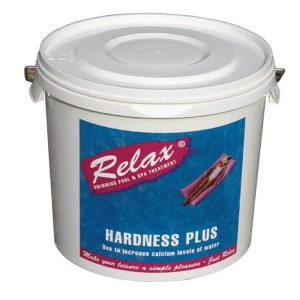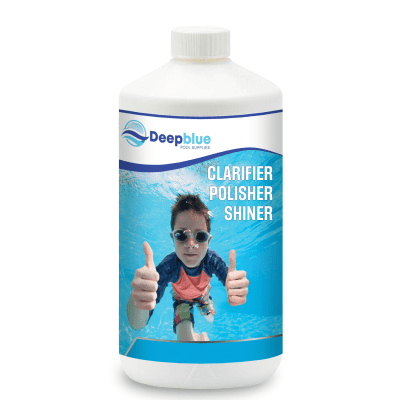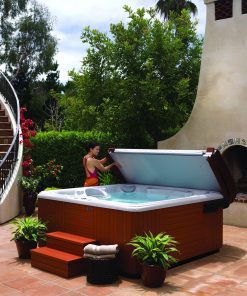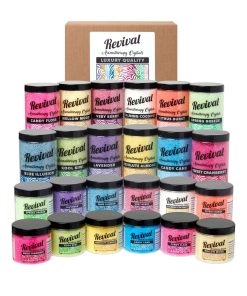Blogpool, Chemicals, Hottub, Water Testing
The Importance of pH Balance in Your Hot Tub Water
Hot tub safety and enjoyment depends heavily on maintaining proper pH levels in the water. This article investigates pH importance along with testing methods and adjustment procedures while explaining why incorrect pH levels create problems for hot tub systems and bathers.
1. What is pH?
The pH scale evaluates water acidity or alkalinity through measurements from 0 to 14. A neutral pH exists at 7 yet acidic readings occur below this point and alkaline readings appear above it.
2. Ideal pH Levels for Hot Tubs
Hot tub water should maintain a pH range between 7.2 and 7.8 for optimal conditions. The necessity of maintaining pH levels between 7.2 and 7.8 exists for multiple reasons.
Comfort: The proper pH range helps prevent irritation to user skin and eyes which provides an improved soaking experience.
Sanitizer Effectiveness: The ability of chlorine or bromine sanitizers depends on pH levels. High or low pH levels will reduce the effectiveness of sanitizers which can create health risks for users.
3. Testing pH Levels
Proper pH maintenance depends heavily on regular testing practices. The following steps will show you how to properly test your hot tub water.
Use a Test Kit: Spend money on a trustworthy test kit or pH strips which are made specifically for hot tub use.
Frequency: Check the hot tub water once a week but increase frequency when the hot tub gets heavy use.
4. Adjusting pH Levels
When test results indicate that the pH level is out of range you should take corrective action.
Raising pH: To increase pH levels, use a pH increaser (sodium carbonate). Check the product label for proper dosage instructions according to your hot tub water volume.
Lowering pH: Using sodium bisulfate as a pH decreaser allows you to reduce high pH levels. The recommended dosage amount should be used for your hot tub according to the label instructions.
5. Signs of Imbalanced pH Levels
The identification of pH level imbalance signs enables you to take corrective measures before problems become worse.
Low pH Symptoms: Users who experience hot tub water with low pH will encounter skin discomfort and eye problems together with corrosion damage to hot tub equipment.
High pH Symptoms: Excessive pH levels result in water cloudiness together with surface scaling and weakened sanitizer performance.
6. Preventing pH Fluctuations
The following recommendations will help minimize pH fluctuations:
Bather Load: The number of users in the hot tub can affect pH levels. Hot tub users need to prepare themselves to test and make necessary adjustments following periods of heavy usage.
7. pH and Water Hardness
The management of water pH depends on water hardness levels. The high calcium and magnesium content in hard water tends to create scaling problems when pH levels are not properly controlled.
Testing Hardness: Regularly check the water hardness levels. Hot tubs should maintain water hardness levels between 150 and 250 ppm.
Adjusting Hardness: A calcium remover or water softener should be used during the refill process when the water becomes too hard.
8. Impact on Hot Tub Components
Hot tub components face negative damage when pH levels are improperly maintained.
Corrosion: Metal components experience corrosion at low pH levels which creates leaks that require costly maintenance.
Scaling: The formation of scales on surfaces and components happens at high pH levels which diminishes water circulation and heating efficiency.
9. Regular Maintenance Tips
Proper maintenance in addition to pH balancing operations will help your hot tub stay in superior condition.
Regular filter maintenance through cleaning or replacement will support both water circulation and clear visibility.
Change Water: The water in your hot tub needs to be drained and refilled approximately every 3-4 months or according to usage.
10. Summary
A hot tub requires proper pH maintenance to provide users with safe and comfortable and enjoyable use. Proper testing and maintenance practices with good adjustment techniques will keep your hot tub water clean and welcoming. Knowledge of pH balance importance allows you to provide comfortable hot tub soaks for yourself and your guests. Contact The Pool Cleaners’ friendly support team for advice on any required chemicals or tools found on their website.Some products you might be interested in:






















